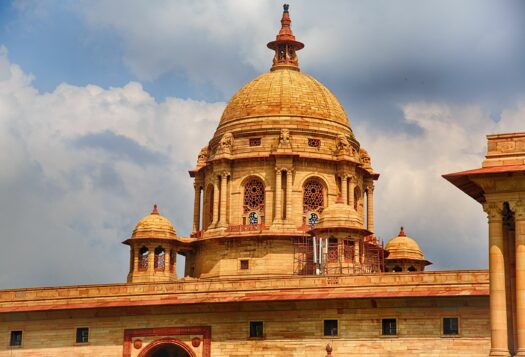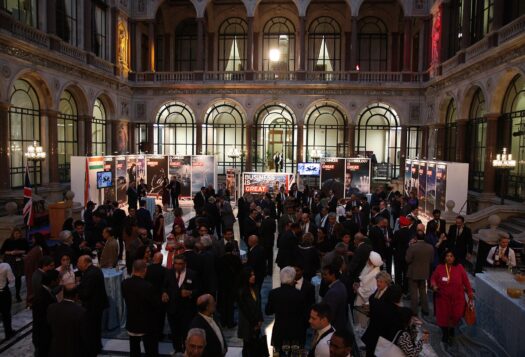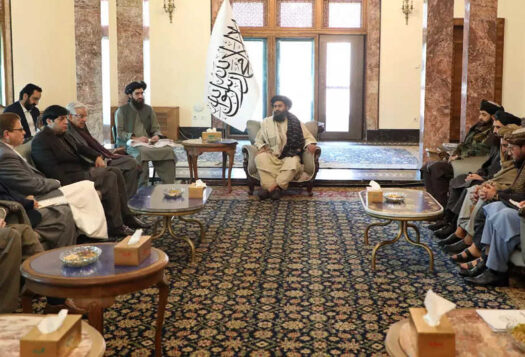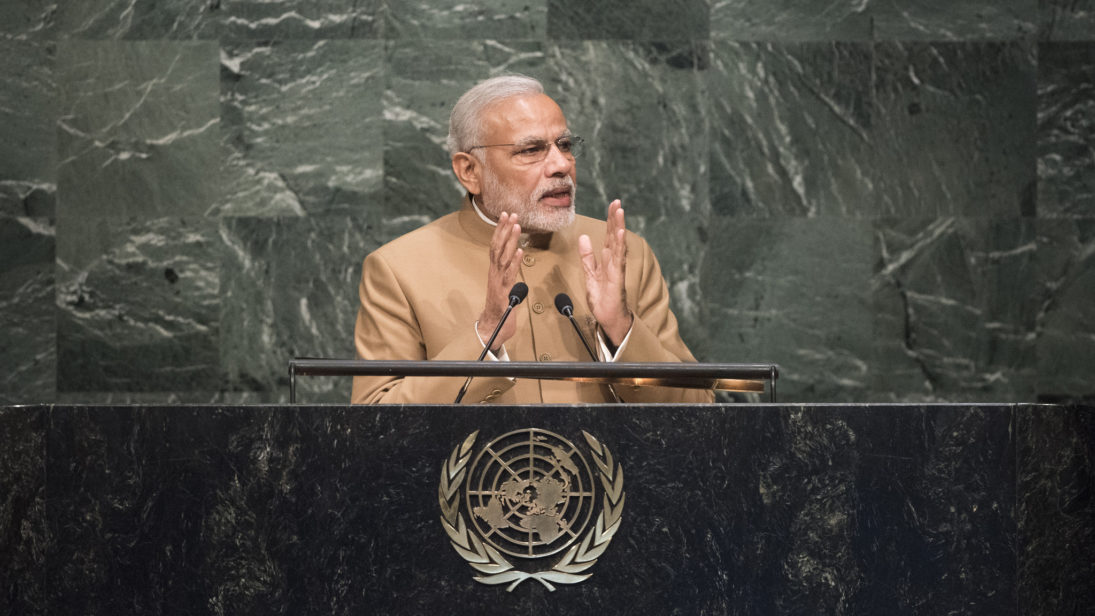
When Prime Minister Narendra Modi was sworn into office on May 26, 2014, many wondered how the decidedly provincial leader would steer India’s engagement with the world. He had almost no experience in New Delhi, having spent most of his time as a senior politician in Gujarat. His visibly distressed critics wondered: how could he possibly sit at the global high table?
Three years on, such concerns may seem a distant memory. However, it is helpful to keep them in mind, even if only as a reminder of how far he’s come. Today, Modi has not only emerged as quite the globe-trotter, but he has also made foreign policy a top priority, linking it closely with India’s economic trajectory. It is against this backdrop that this piece will assess how Indian diplomacy has evolved under Modi, who is now more than halfway through his five-year term, and where the prime minister may be headed next. Of course, few will disagree that foreign policy has been one of the more successful items on Modi’s governance agenda–he has successfully talked up the India story abroad; at home, the country’s global ambitions have found reflection; and a fundamental refocusing of India’s foreign policy seems to be underway.
Public Diplomacy
The first point to be made is about the man himself. While the Office of the Prime Minister has always played a predominant role in setting the foreign office agenda, Modi has taken ownership of Indian diplomacy to a level unmatched since Jawaharlal Nehru. He has leveraged his own skills as a salesman and showman in equal measure as he seeks to deliver on his vision of how an ascendant civilizational power such as India should conduct itself in the comity of nations. This was most evident at his Inauguration – attended by leaders from the neighborhood – which was reminiscent of an emperor’s crowning where the kings came calling.
Modi’s foreign trips have been consistently public and grandiose, and there is nothing less than a spectacle every time he himself hosts an important head of state. Previous Indian leaders have been welcomed in foreign capitals with much pomp and show, and Delhi has hosted many world leaders in the past. But Modi, powered by his historic once-in-a-generation mandate, has added more than just a tinge of glamor to it all; like a rock star with his speeches and selfies, he has made it larger than life.
One consequence of this has been that India’s public diplomacy has finally come into its own—it has broken out of the bureaucratic mold and become a far more innovative and people-friendly program. A good example of this is how External Affairs Minister Sushma Swaraj has effectively used Twitter to make her office accessible to Indians abroad, serving as a good reminder that foreign policy is about more than just treaties and negotiations – it is ultimately about serving and safeguarding the interests of your citizens.
Software Upgrades or New Hardware?
In terms of specific policies, Modi hasn’t actually made any major changes. All of his leading initiatives and policy formulations – be it Neighborhood First, Act East, Look West, reaching out to Africa, rebuilding ties with the diaspora, or reimagining India as an Indian Ocean power—have been in the Ministry of External Affairs (MEA)’s handbook for decades. Modi certainly deserves credit for revitalizing these ideas, but are these just software upgrades or has there been a rewiring of Delhi’s foreign policy core?
It is difficult to answer this question with certitude at this point but there are some interesting indicators in the way that Modi has steered India’s relationship with Pakistan on the one hand, and the United States and Israel on the other. With Pakistan, he seemingly started in good faith but when that didn’t bring desired results, he changed tack. Last year, he ordered the “surgical strikes” and since then, there have been a few reports of preemptive strikes on terror launch pads in Pakistan. Does this indicate a new policy towards Pakistan or is it just that the government is trying out different options to see what works? It’s hard to tell but it is noteworthy that Modi is at least willing to test the different tools in his toolbox that most others were unwilling to touch.
With the United States and Israel, he has not really gone against the grain, but instead, he has built on existing trends. However, he has discarded the baggage of past policies that his predecessors were reluctant to shed and pursued a course of action that he thinks best serves India’s national interests.
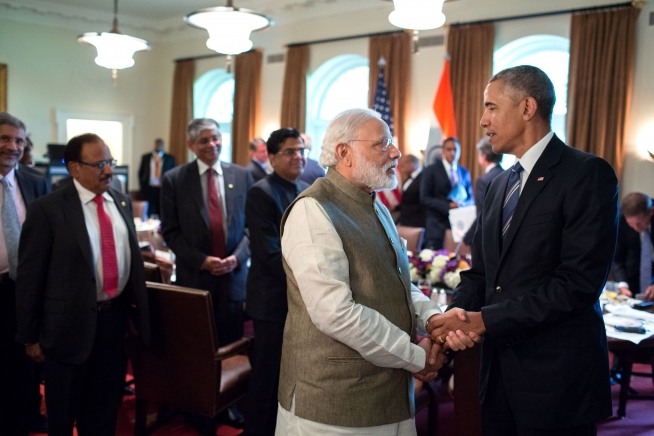
With the United States, for example, he has comprehensively junked Cold War paradigms and proceeded to strengthen bilateral ties because he believes that this partnership is crucial for India’s development. Critics worried that if India got too close to the United States, it would get caught in the America-China crossfire and alienate its old friend Russia. But Modi is confident that India is capable of protecting its own interests—without tattered ideological cloaks. And so, his government has also deliberately underplayed the Non-Aligned Movement (NAM). Sure, Nehru was one of its founding members (and NAM remains a proud moment in Indian diplomatic history) but the grouping is now well past its expiry date, and there is no reason why India should pretend otherwise.
Similarly, with Israel, Modi has acknowledged the Jewish nation as a longstanding friend and made a carefully calibrated attempt to de-hyphenate it from Palestine. Both processes were already underway in private but Modi has gone public. This is evidenced by India’s voting patterns at the United Nations and even more crucially in its decision to drop the demand for East Jerusalem as the capital of a future Palestinian state. This happened, notably, during the Palestinian president’s recent India tour and in the run-up to Modi’s trip to the Jewish nation, which will be the first standalone visit by an Indian prime minister.
So, what does this say about how India views its engagement with the world? It may still be too early to connect the dots, but Modi’s top diplomat, Foreign Secretary S. Jaishankar’s comments from a speech he gave in 2015 may be helpful: India wants to “aspire to be a leading power, rather than just a balancing power.”
In other words, India aspires to graduate from a “global swing state” that can support a pole state (like the United States) to a pole state or “leading power” in its own right. Of course, as Ashley Tellis observes, “leading power” is essentially a watered-down version of a “great power” and achieving either “will depend fundamentally on its ability to durably achieve multidimensional success: sustaining high levels of economic growth, building effective state capacity, and strengthening its democratic dispensation.”
Laying the Groundwork for Global Ascent
Whether India will deliver on this objective in the long-term remains an open question. But it has certainly begun to lay the groundwork. For one, it is actively reaching out to countries as diverse as Japan, the United Arab Emirates, and the United States to establish different kinds of developmental partnerships. While India has longstanding historical ties with all of these states, Modi has very specific ideas about who fits into this potentially transformational moment for India and how.
Modi’s efforts to take a more proactive, as opposed to reactive, approach in the subcontinent must also be taken into account. After all, if India cannot emerge as the undisputed leader in its own backyard, it cannot realistically ascend globally. India’s economic prosperity is intricately linked to its neighbors, hence this government’s emphasis on improving South Asian trade and connectivity.
There are also some interesting new projects in the pipeline, such as the Asia-Africa Development Corridor wherein India will partner with Japan to carry out development projects across the African continent. India has longstanding experience working with its partners in Africa, but it will be interesting if it can now take that cooperation to a new level.
There are clearly a number of moving parts. But if Modi can steer India towards growth and development, he just may put his country on the path to great power status, marking the beginning of a new phase in Indian foreign policy. That would undoubtedly define his legacy.
***
Editor’s Note: Click here to read this article in Hindi
Image 1: Flickr, United Nations Photo
Image 2: White House photo by Pete Souza via Wikimedia
